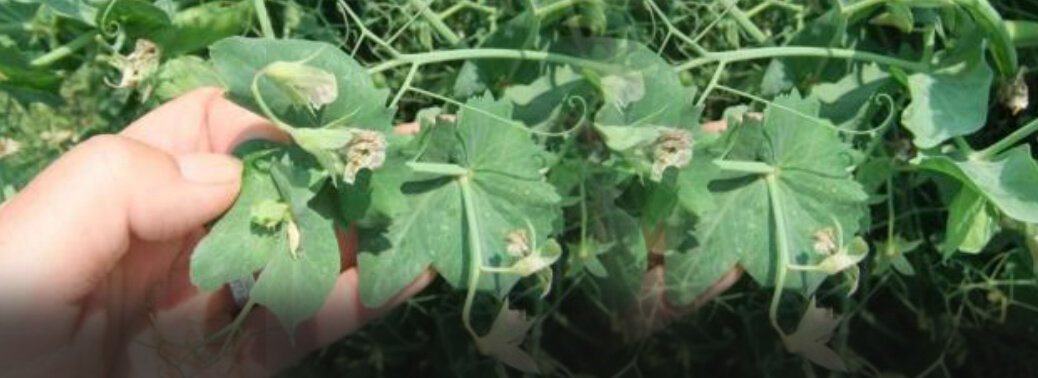GENES OF CLIMATE-RESISTANT CHICKPEA VARIETIES IDENTIFIED
30, Apr 2019

Prelims level : Science & Technology
Mains level : GS-III Technology, Economic Development, Bio diversity, Environment, Security and Disaster Management
Why in News
- ICRISAT study discovers important factors for heat and drought tolerance
Details:
- An international team led by the Hyderabad-based International Crops Research Institute for the Semi-Arid Tropics (ICRISAT) has identified in chickpea four important genes for heat tolerance and three important genes for drought tolerance.
- With rising temperatures and increasing climatic fluctuations due to climate change, the identification of these climate-resistant genes will help in developing newer chickpea varieties which can tolerate temperatures up to 38°C. Also, the identification of other genes with important agromic traits will help in increasing the yield and providing better resistance to pests and diseases. The study was based on complete genome sequencing of 429 chickpea lines from 45 countries.
- More than 90% of chickpea cultivation area is in South Asia, including India. Globally, more than 70% yield is lost due to drought and increasing temperatures. Chickpea is a cool season crop, so in general any further increase in temperature is expected to further reduce the yield.
Timely Trial:
- By using such genomics-assisted breeding approach, the time taken to produce a new heat- and drought-tolerant chickpea variety can be halved from about eight to four years,” Currently, in India, chickpea does not face a major threat from increasing temperature.
- But we are already witnessing a slight warming during the months of January and February. So, a new variety with heat and drought tolerance will be highly useful to Indian farmers, When heat-tolerant chickpeas are developed in future, farmers in India may have a possibility to go in for a second round of cropping. Though the yield will be less for the second crop, farmers will still stand to gain.”
Diversity, domestication
- The study has found that chickpea originated in the Mediterranean/south-west Asia and migrated to south Asia.
- It reached India about two centuries ago, apparently through Afghanistan. In parallel, it migrated from the Mediterranean to east Africa and central Asia. The study provides insights into chickpea’s genetic diversity, domestication too






